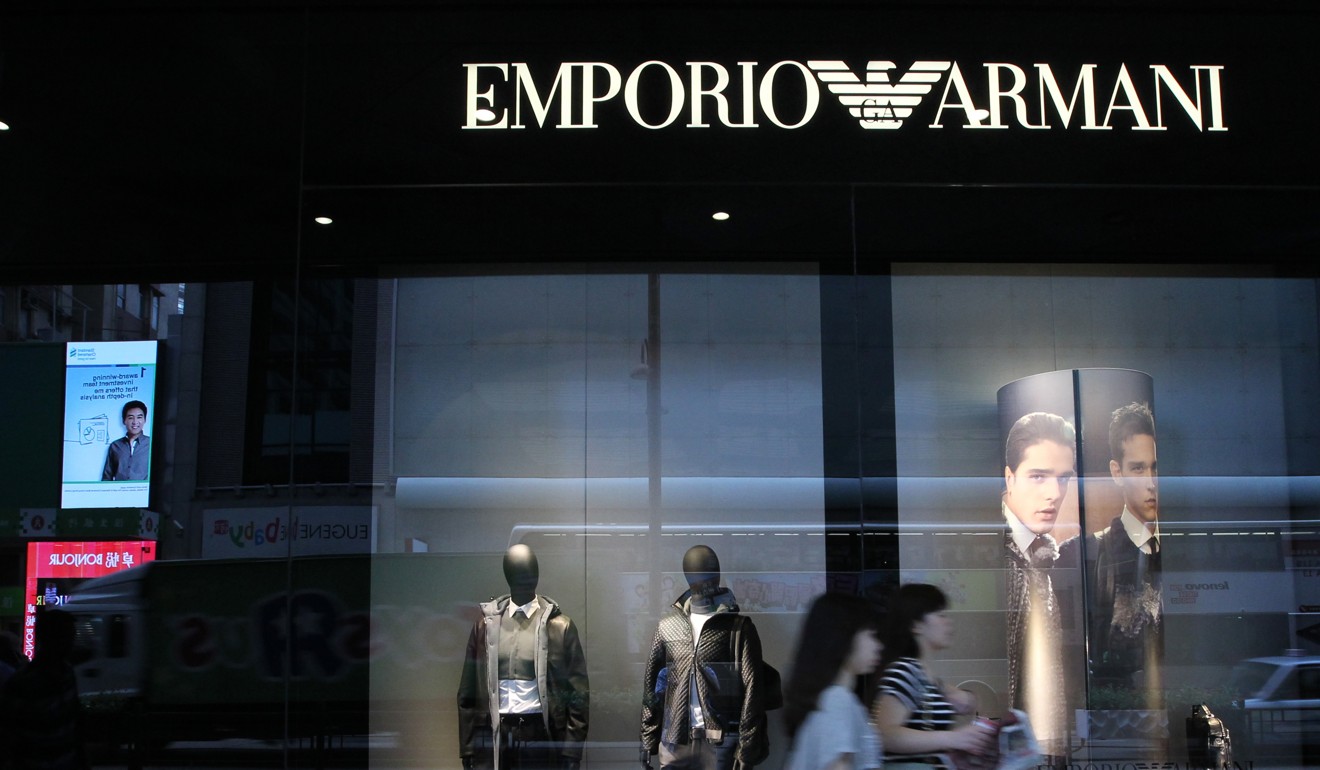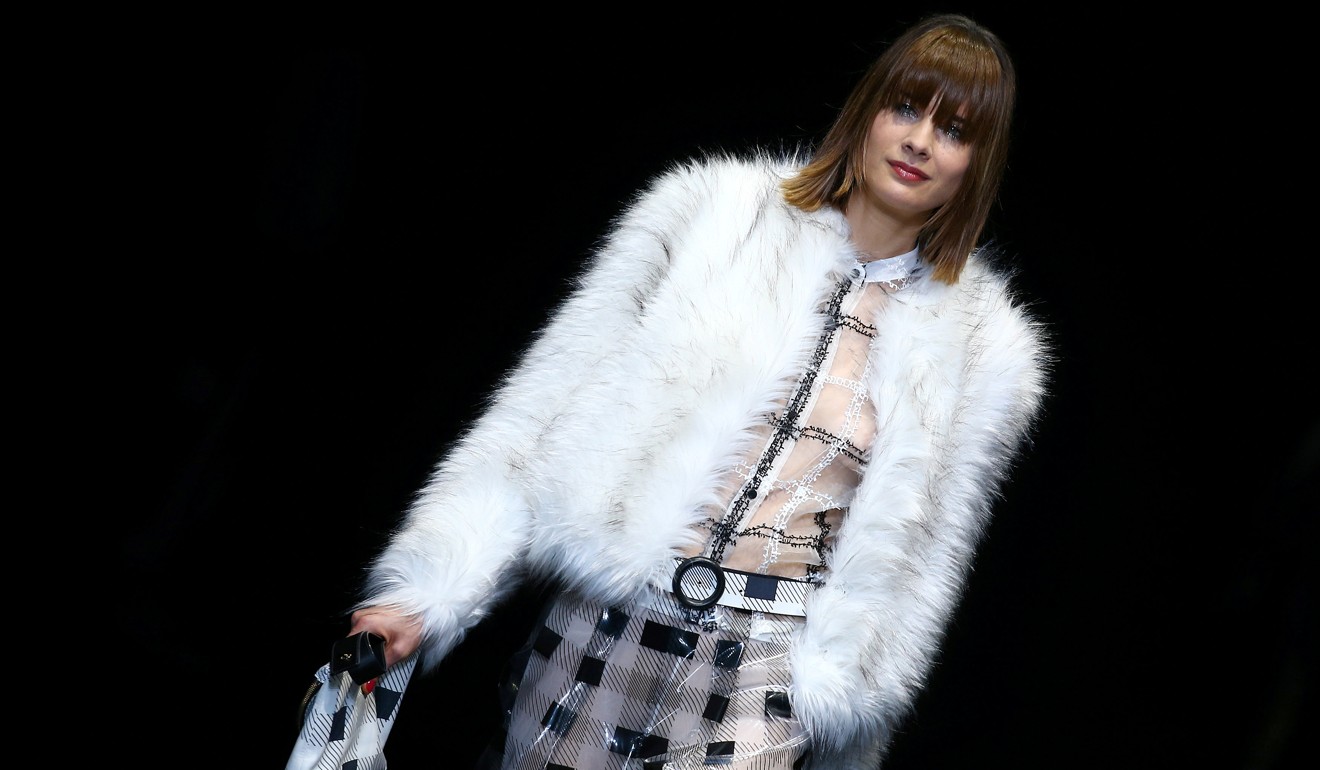
Armani Jeans line disappears in brand revamp as fashion house confronts falling sales
Giorgio Armani cites China slowdown, impact of terror attacks in Europe as fashion group reorganises around three core labels, and plans store closures, in response to ‘difficult’ 2016 and ‘complicated’ 2017
Italian luxury goods group Armani is reorganising its brands around three core labels and streamlining its shop network to counter a difficult business environment.
The Milanese group said its haute couture line, Giorgio Armani Privé, and its homeware brand Armani/Casa, would continue to exist as part of its signature Giorgio Armani label.
The second core brand, Emporio Armani, will absorb the Armani Collezioni and Armani Jeans lines.
A third label, the younger and more informal A|X Armani Exchange, will now include part of the product area previously under Armani Jeans, it said.
The reorganisation comes as Armani confirmed sales fell 5 per cent last year, to €2.5 billion (US$2.9 billion, HK$22.8 billion).

Founded by 83-year-old designer Giorgio Armani, it is Italy’s second-biggest fashion group behind Prada, which has also been battling with fast shrinking revenues.
Big brands such as Prada and Armani have had trouble adjusting to a growing digital world and consumers’ increasing preference for niche labels and more accessibly priced luxury brands.
“Following the reorganisation of the group’s brand portfolio, the number of retail outlets of the three brands will evolve rationally on the basis of the new positioning,” the company said. It blamed the fall in 2016 sales on a “difficult year” for the luxury sector and the ongoing revamp of its distribution network.
The privately owned group said profit margins in 2016 contracted slightly compared to the past three years, but annual net profit rose 12.4 per cent to €271 million thanks to cost cuts.

In January, Giorgio Armani said this year looked “complicated” like the previous year.
The designer said on Tuesday that difficulties in the luxury business were linked to China’s slowing growth and security concerns in the aftermath of terror attacks in Europe.
“In addition to this there has also been a general change in purchasing behaviours and attitudes,” he said.

